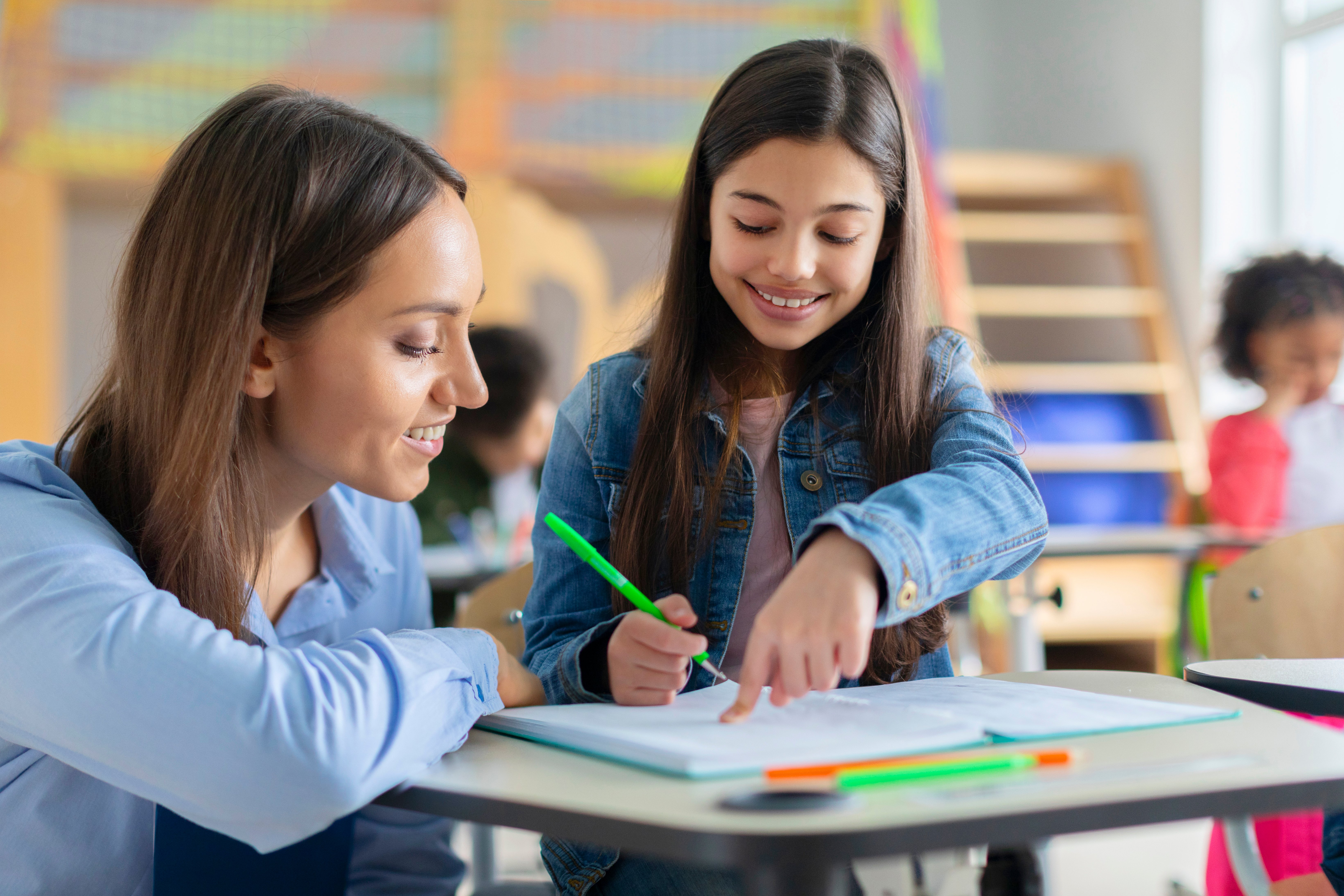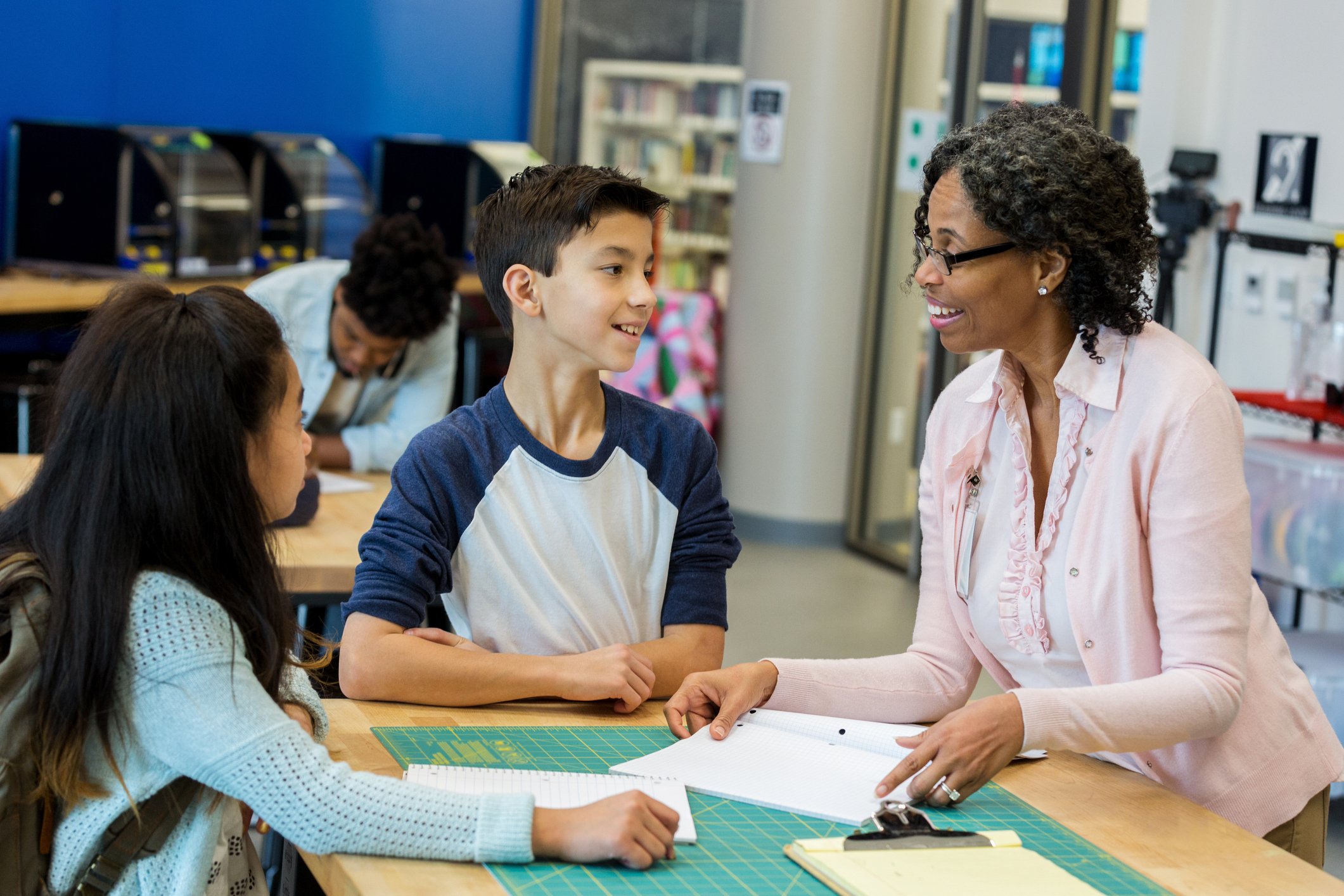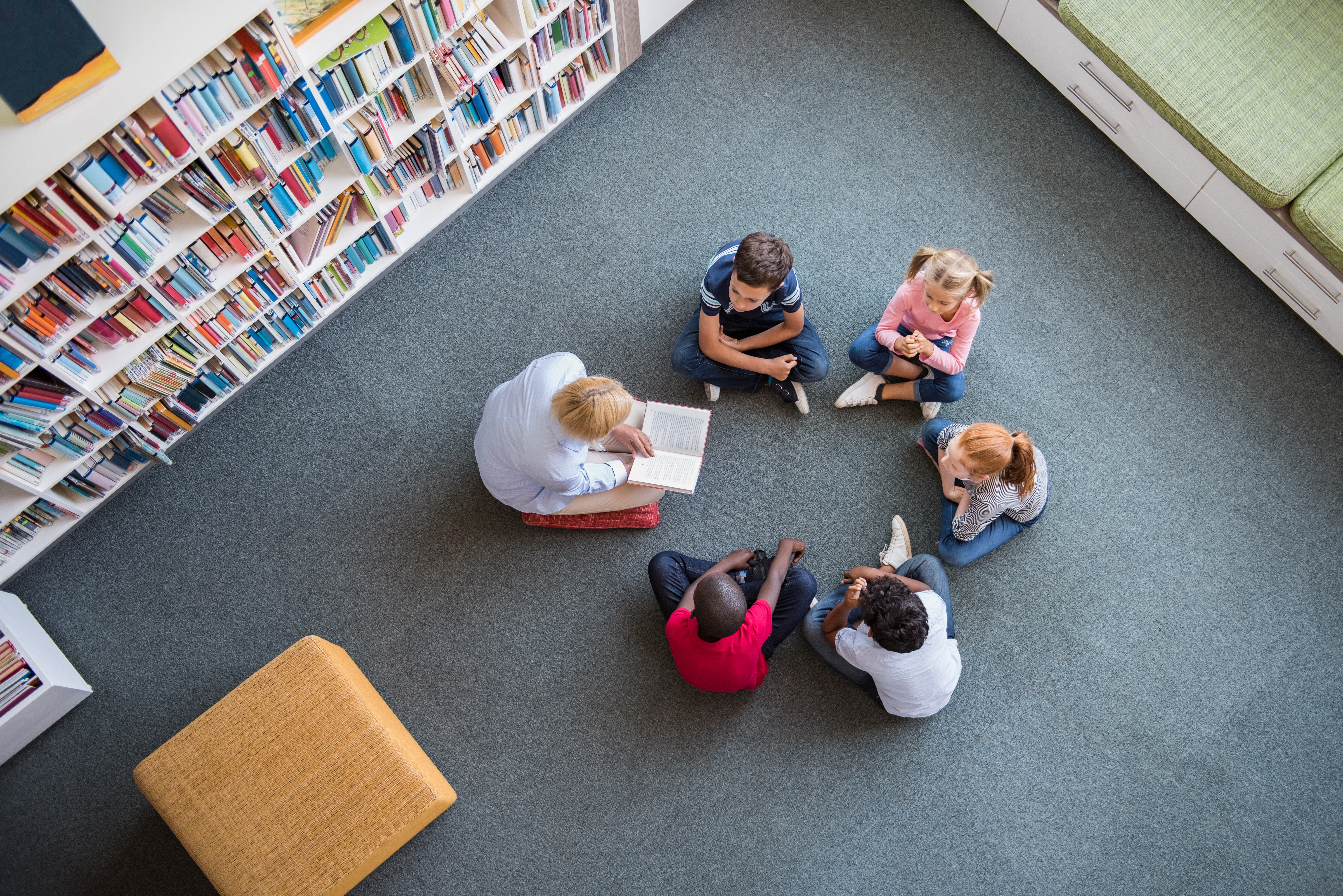Back to school is a high-stakes moment.
Teachers are expected to launch routines, build classroom culture, and get students engaged right away. But students return at different starting points, bringing a wide range of experiences, skill levels, and mindsets with them. So how do you bridge that gap and build momentum from day one? One answer: using formative assessment strategies to meet students where they are—and move them forward.
What are Formative Assessments?
Formative assessments are brief, ongoing checks for understanding that help guide instruction and support student learning in real time. They're not about grading—they’re about listening. They help teachers adjust instruction on the fly and give students a chance to reflect, collaborate, and stay actively involved in their learning. When implemented well, formative assessments are key to igniting student engagement.
In this blog, we’ll explore nine practical formative assessment strategies, grouped into four categories:
Each strategy is easy to implement and helps students feel seen and supported.
Quick Checks for Understanding
Sometimes, the most effective formative assessments are the simplest. Whether it’s verbal check-ins, thumbs up/thumbs down, or short multiple-choice questions, these in-the-moment strategies give you a real-time pulse on student thinking, allowing you to address misconceptions before they grow. (Bonus: they’re easy to weave into your lessons without disrupting momentum.)
1. Exit Ticket: A quick, written response your students will complete at the end of class. Think along the lines of: “What’s one thing you learned today?” or “What’s still unclear?” Simple prompts like this offer insight into student understanding and help shape your next lesson.- The Purpose: To gauge comprehension and guide instruction.
- The Impact: It validates student thinking and shows them that their input shapes future learning.
- Classroom Example: In a 4th-grade science class, a student writes on her exit ticket, “I learned that magnets can push and pull without touching. But I don’t get how that works through paper.” Her teacher uses this comment to plan a hands-on demo the next day as an opening mini-lesson to answer this student’s question and, in the process, hook the whole class.
|
|
2. Bell-Ringers: These short prompts or tasks are given at the beginning of class to activate your students’ prior knowledge or preview a new concept in a low-stakes way. They ease students into learning mode and help maximize instructional time.
- The Purpose: To establish routine and spark thinking early on.
- The Impact: They create structure and purpose from the start.
- Classroom Example: In an 8th-grade ELA class, students enter to find a thought-provoking question already on the board: “Can a villain ever be the hero of their own story?” One student quickly jots down his thoughts, and once the all-class discussion begins, he connects the prompt to the antagonist in their current all-class novel study.
- The Purpose: To summarize learning insights and encourage metacognition.
- The Impact: They offer a voice to every learner, even the quiet ones.
- Classroom Example: At the end of an 8th-grade earth science lesson on the water cycle, students are given one minute to write down something that stuck with them. One student writes, “I never realized the same water we drink today could’ve been in a cloud, or even a glacier, thousands of years ago. That’s kind of wild.” His teacher recognizes this as an emerging systems-level understanding and decides to incorporate more wonder-based prompts into future lessons.
Collaborative Learning Strategies
When students work together, they learn more deeply and feel more connected. The following strategies encourage active thinking, promote peer-to-peer interaction, and create a shared accountability for learning.
4. Think-Pair-Share: Students think about a topic individually, then discuss their thinking with a partner, and then finally share the gist of their conversation with the class.- The Purpose: To provide multiple entry points for participation and encourage both listening and verbal processing.
- The Impact: It builds confidence while encouraging inclusion and peer-to-peer learning.
- Classroom Example: In a 1st-grade math class, students solve: “Lena had 12 apples and gave away 4. How many are left?” One student solves it by drawing apples, while his partner counts back on her fingers. After sharing their methods with each other, they realize that, while both strategies help get the same answer, the drawing may help keep track more easily because you only have ten fingers to work with at a time. They both feel confident explaining this to the class.
- The Purpose: To teach revision skills and how to give (and take) constructive feedback.
- The Impact: It fosters a sense of responsibility for quality work and encourages students to reflect on their own thinking through peer feedback.
- Classroom Example: In a 7th-grade science class, students use a checklist with three criteria: clear claim, relevant evidence, and logical reasoning. A student reads her partner’s lab reflection, completes the checklist, and leaves this comment: “You have good evidence, but your reasoning doesn’t quite connect it back to your claim in a clear way.” Her feedback is specific, and because it’s grounded in the rubric that they’re all using, it helps her partner revise with clarity.
|
|
Reflective Practices
Routine reflection helps students internalize learning and track their growth over time. These reflective formative assessment strategies invite students to pause, look inward, and recognize their own progress, which builds self-awareness and academic confidence over time.
6. Journals: Ongoing, reflective writing that helps students process their learning and pull meaning from their experiences.- The Purpose: To build self-awareness and encourage deeper thinking about their progress and challenges.
- The Impact: It helps students track their growth and see value in their learning journey.
- Classroom Example: In a 5th-grade ELA class, students keep weekly journals about their independent reading books. One student writes, “At first, I didn’t understand why the main character was so angry. But now I see it’s because she’s scared of being alone.” The teacher notices this emotional connection and uses it as a prompt for a future whole-class discussion about character motivation.
- The Purpose: To surface learning gaps and strengthen understanding through ongoing review.
- The Impact: These logs promote habits of reflection and support deeper metacognition.
- Classroom Example: In a 9th-grade ELA class, students keep a learning log during a unit on literary analysis. One student writes, “I’m starting to understand how symbolism works, like how the broken clock in the story shows the character’s fear of change. But I still get stuck when I try to explain it in writing.” The teacher uses this reflection to model a sample paragraph the next day, reinforcing both literary content and writing technique.
Even five minutes of reflective writing at the end of class can help students see their progress, identify challenges, and stay motivated to keep growing.
Structured Discussions
Well-framed, purposeful discussions give students a space to explore ideas, challenge assumptions, and practice reasoning aloud. Structured dialogue deepens learning while also building communication and critical thinking skills.
8. Socratic Seminars: Structured, student-led discussions based on open-ended questions. Here, students actively listen, respond thoughtfully, and build understanding collaboratively.- The Purpose: To promote dialogue and deeper comprehension through collaborative inquiry, rather than debate.
- The Impact: They increase participation by elevating student voice.
- Classroom Example: In a 12th-grade English class, students participate in a Socratic Seminar on "Pride and Prejudice," centered around the question: “Does Elizabeth Bennet’s independence help or hinder her chances for happiness?” One student argues that her refusal to marry for status shows strength, while classmates highlight how her pride creates unnecessary obstacles with Darcy. The discussion deepens as students cite specific scenes in the text and examine character motivations, all while building on each other’s ideas in a respectful, student-led format.
- The Purpose: To teach students how to construct logical arguments and back up their thinking with data, text, and observations.
- The Impact: This framework builds critical thinking skills by helping students organize their thoughts and defend their ideas.
- Classroom Example: In a 3rd-grade science lesson about plant growth, students are asked: “Do plants need sunlight to grow?” One student writes: “Yes, because the plant by the window got tall and green, but the one in the closet stayed small and yellow. This shows that sunlight helps plants grow healthy and strong.” Her teacher highlights how she used the CER structure, and in the next lesson, the class practices using CER sentence starters to strengthen their own explanations.
Structured discussions don’t just develop communication skills. They build habits of inquiry, reasoning, and academic discourse that last well beyond the lesson.
Start Strong, Keep the Momentum Going
Formative assessment strategies aren’t just best practices—they’re how you bring curiosity, clarity, and connection into your classroom every single day. Try just one or two of these strategies as the school year kicks off, and see how students respond.
Maybe a quiet student will speak up during Think-Pair-Share.
Maybe a Learning Log will reveal a misconception you can clear up the next day.
Maybe an Exit Ticket will spark a whole new direction for your next lesson.
That’s what engagement looks like—made possible with the right tools. And one of the most powerful tools for back-to-school connection? Asking the right questions: How are our students really doing? Who needs our support right now?
Start with Panorama’s Student Check-Ins Question Bank—a free resource with 100+ multiple choice and open-ended questions across well-being, life skills, and classroom experience. Use them during advisory, morning meetings, or anytime you want to listen and respond with care.
Build momentum this school year by making student voice a part of your everyday instruction.







